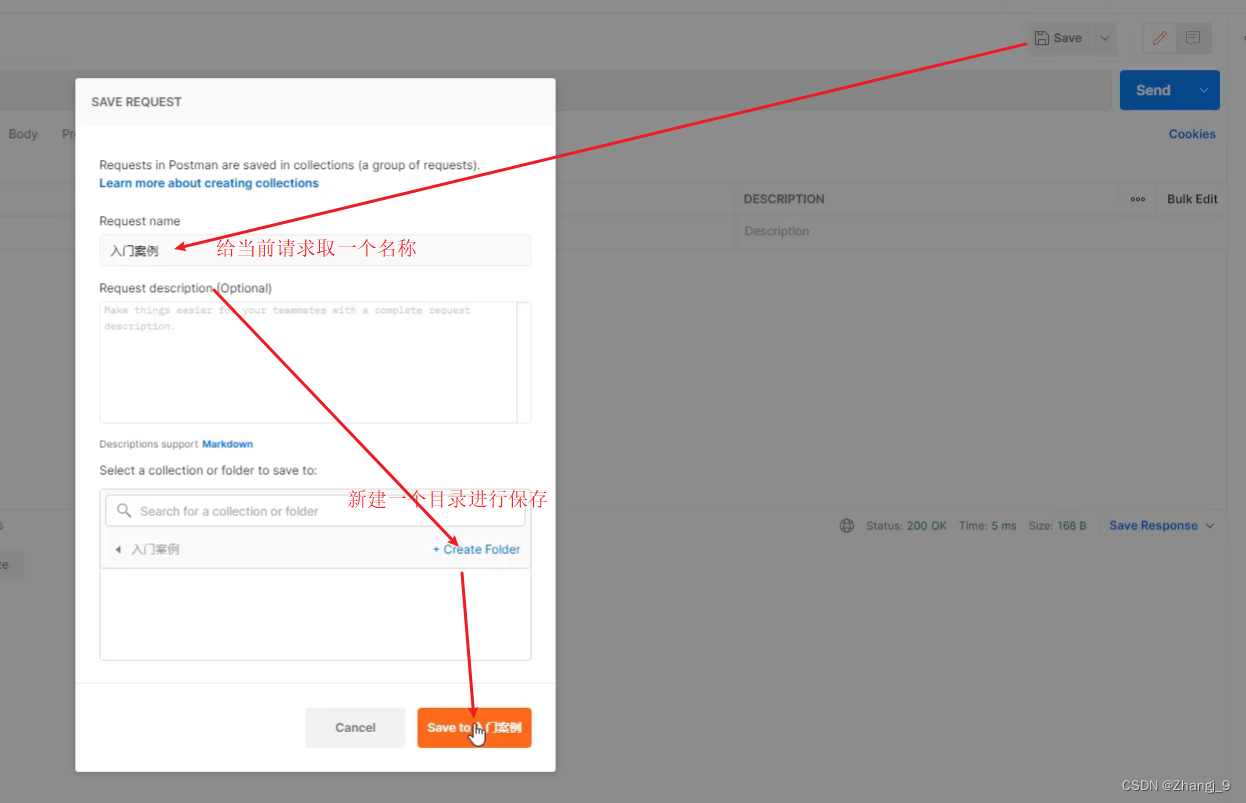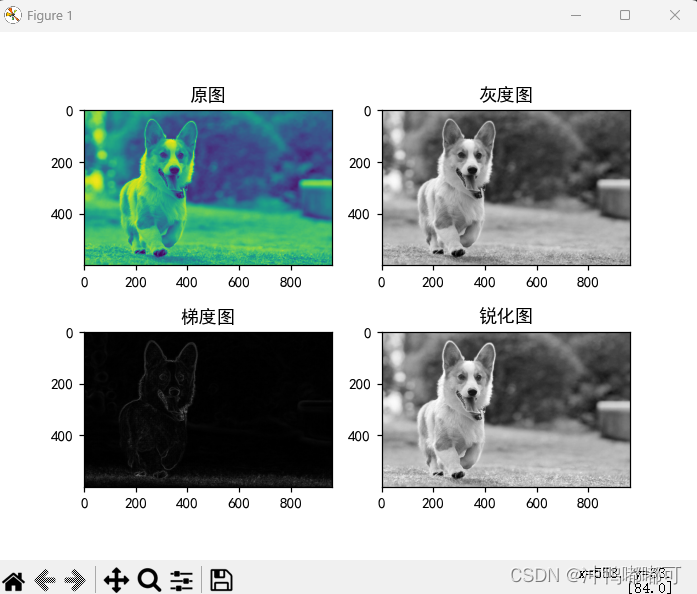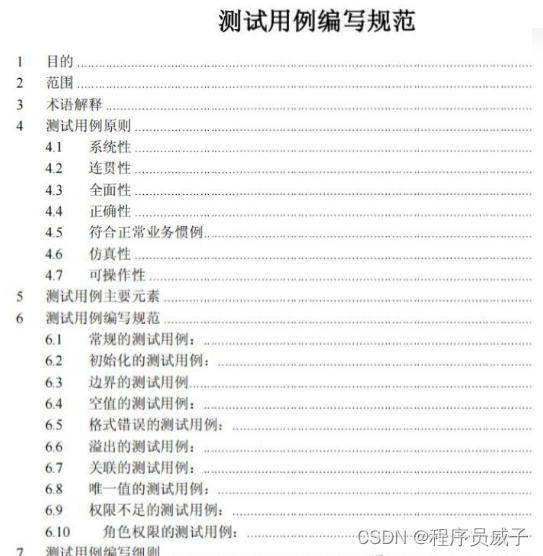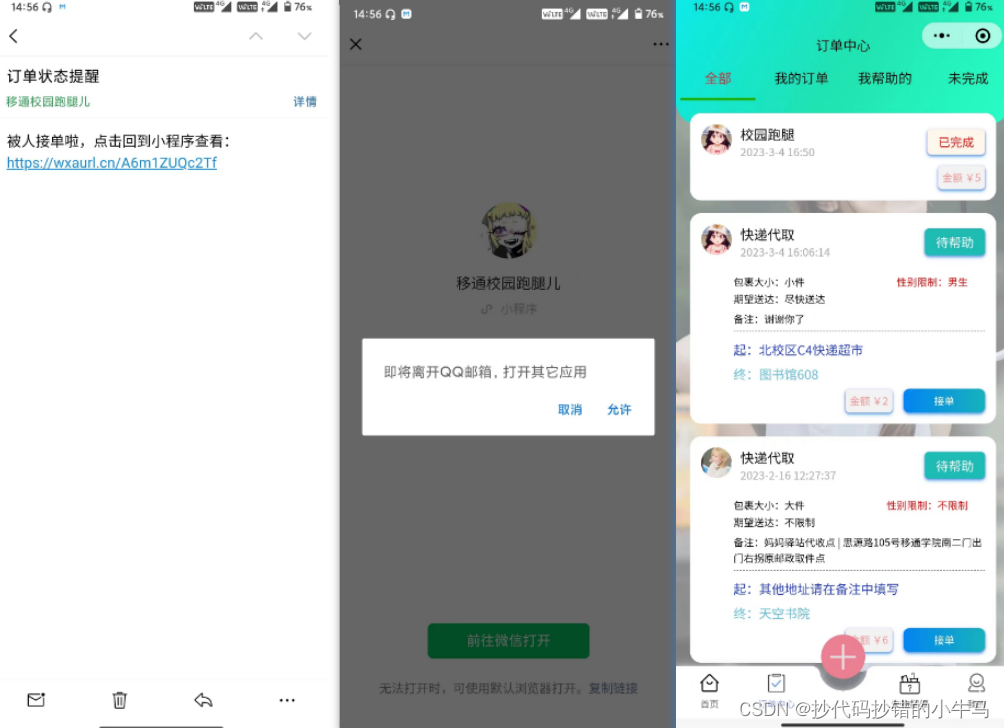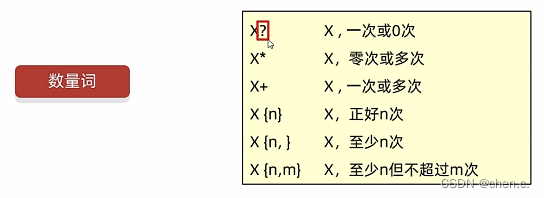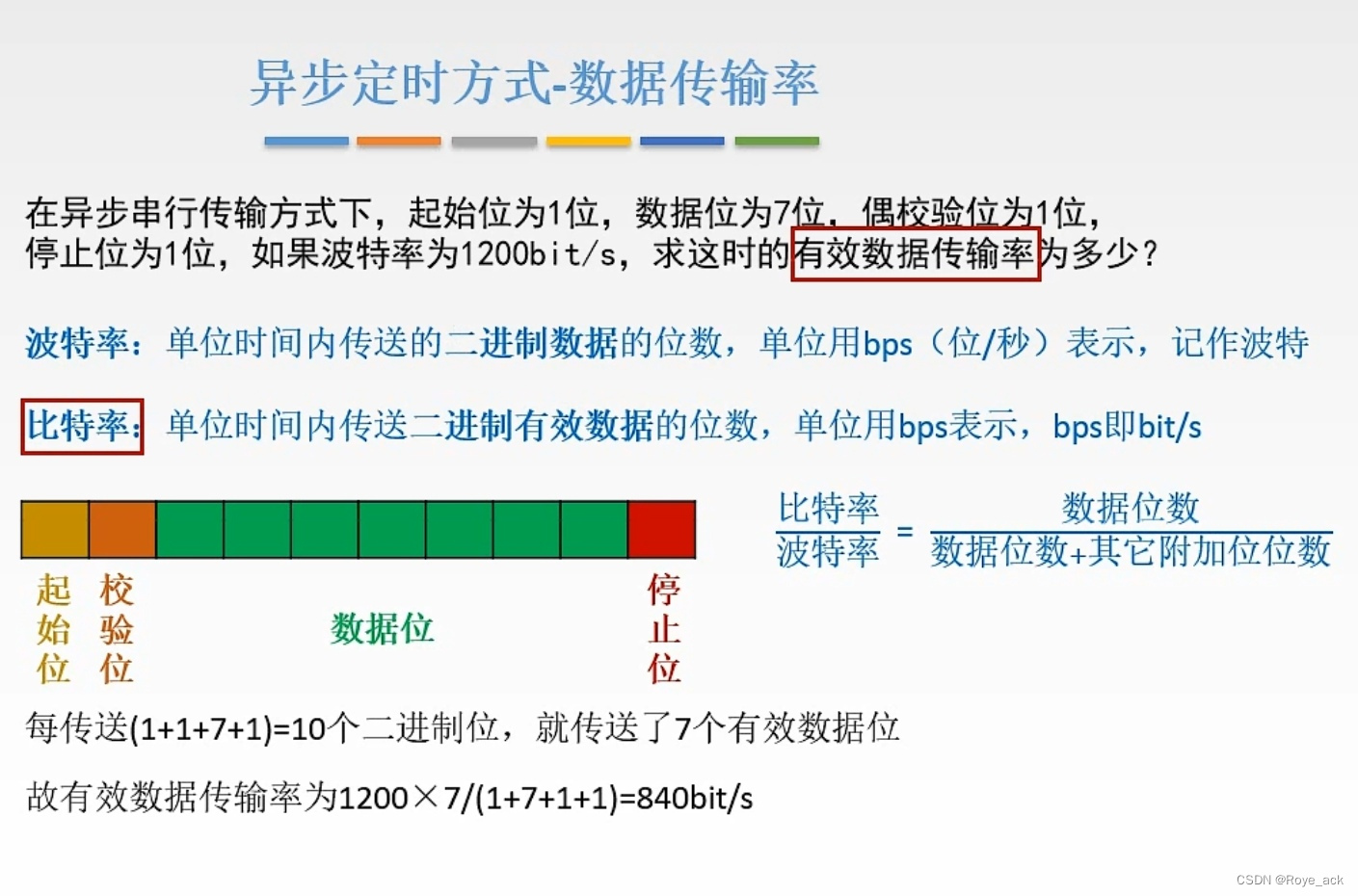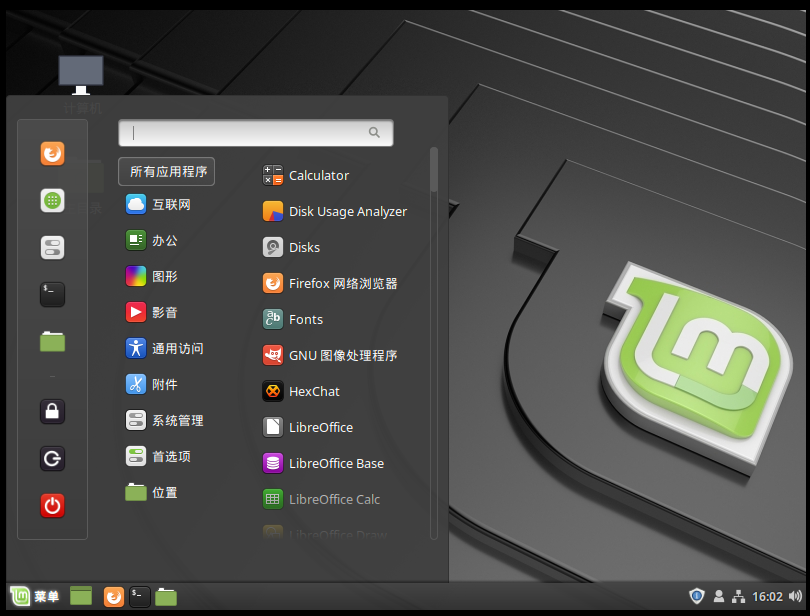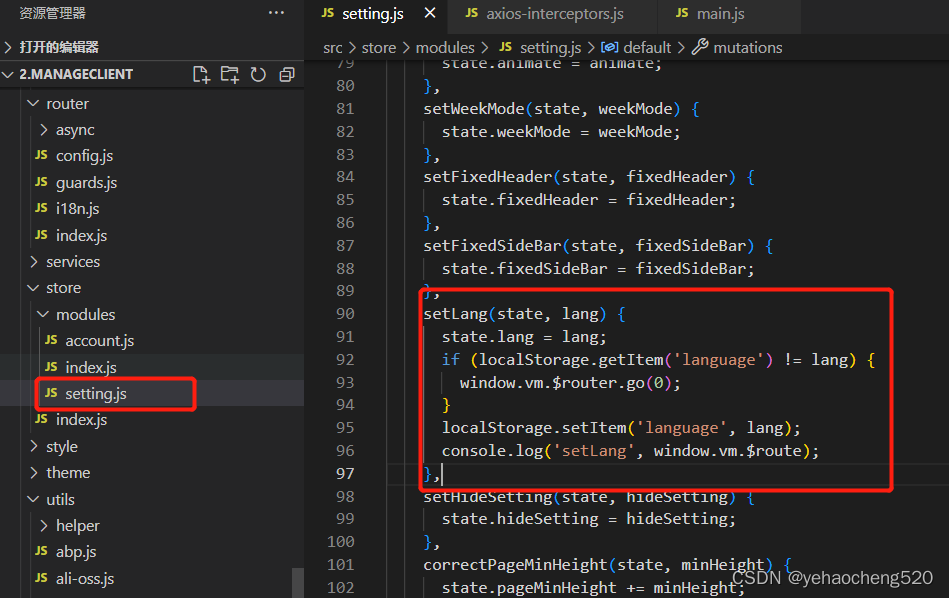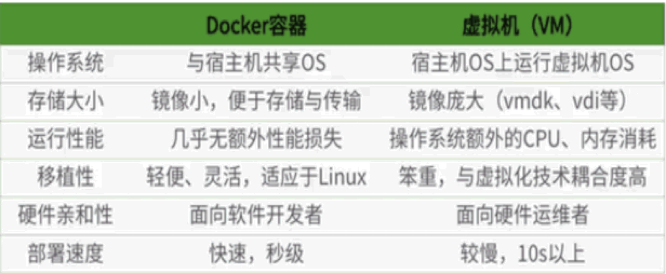SpringBoot开发Restful接口,有什么API规范吗?如何快速生成API文档呢?Swagger 是一个用于生成、描述和调用 RESTful 接口的 Web 服务。通俗的来讲,Swagger 就是将项目中所有(想要暴露的)接口展现在页面上,并且可以进行接口调用和测试的服务。本文主要介绍OpenAPI规范,以及Swagger技术栈基于OpenAPI规范的集成方案。
准备知识点
在生成文档前,你需要了解下OpenAPI规范,Swagger,SpringFox,Knife4J,Swagger UI等之间的关系。@pdai
什么是OpenAPI规范(OAS)?
OpenAPI 规范(OAS)定义了一个标准的、语言无关的 RESTful API 接口规范,它可以同时允许开发人员和操作系统查看并理解某个服务的功能,而无需访问源代码,文档或网络流量检查(既方便人类学习和阅读,也方便机器阅读)。正确定义 OAS 后,开发者可以使用最少的实现逻辑来理解远程服务并与之交互。
此外,文档生成工具可以使用 OpenAPI 规范来生成 API 文档,代码生成工具可以生成各种编程语言下的服务端和客户端代码,测试代码和其他用例。
官方GitHub地址: OpenAPI-Specification
什么是Swagger?
Swagger 是一个用于生成、描述和调用 RESTful 接口的 Web 服务。通俗的来讲,Swagger 就是将项目中所有(想要暴露的)接口展现在页面上,并且可以进行接口调用和测试的服务。
从上述 Swagger 定义我们不难看出 Swagger 有以下 3 个重要的作用:
将项目中所有的接口展现在页面上,这样后端程序员就不需要专门为前端使用者编写专门的接口文档;
当接口更新之后,只需要修改代码中的 Swagger 描述就可以实时生成新的接口文档了,从而规避了接口文档老旧不能使用的问题;
通过 Swagger 页面,我们可以直接进行接口调用,降低了项目开发阶段的调试成本。
Swagger3完全遵循了 OpenAPI 规范。Swagger 官网地址:https://swagger.io/。
Swagger和SpringFox有啥关系?
Swagger 可以看作是一个遵循了 OpenAPI 规范的一项技术,而 springfox 则是这项技术的具体实现。 就好比 Spring 中的 IOC 和 DI 的关系 一样,前者是思想,而后者是实现。
什么是Knife4J? 和Swagger什么关系?
本质是Swagger的增强解决方案,前身只是一个SwaggerUI(swagger-bootstrap-ui)
Knife4j是为Java MVC框架集成Swagger生成Api文档的增强解决方案, 前身是swagger-bootstrap-ui,取名kni4j是希望她能像一把匕首一样小巧,轻量,并且功能强悍!
Knife4j的前身是swagger-bootstrap-ui,为了契合微服务的架构发展,由于原来swagger-bootstrap-ui采用的是后端Java代码+前端Ui混合打包的方式,在微服务架构下显的很臃肿,因此项目正式更名为knife4j
更名后主要专注的方面
前后端Java代码以及前端Ui模块进行分离,在微服务架构下使用更加灵活
提供专注于Swagger的增强解决方案,不同于只是改善增强前端Ui部分
相关文档请参考:https://doc.xiaominfo.com/knife4j/documentation/
实现案例之Swagger3
我们先看下最新Swagger3 如何配置和实现接口。
POM
根据上文介绍,我们引入springfox依赖包,最新的是3.x.x版本。和之前的版本比,只需要引入如下的starter包即可。
<dependency>
<groupId>io.springfox</groupId>
<artifactId>springfox-boot-starter</artifactId>
<version>3.0.0</version>
</dependency>Swagger Config
我们在配置中还增加了一些全局的配置,比如全局参数等
import io.swagger.annotations.ApiOperation;
import org.springframework.context.annotation.Bean;
import org.springframework.context.annotation.Configuration;
import org.springframework.http.HttpMethod;
import springfox.documentation.builders.*;
import springfox.documentation.oas.annotations.EnableOpenApi;
import springfox.documentation.schema.ScalarType;
import springfox.documentation.service.*;
import springfox.documentation.spi.DocumentationType;
import springfox.documentation.spring.web.plugins.Docket;
import tech.pdai.springboot.swagger.constant.ResponseStatus;
import java.util.ArrayList;
import java.util.List;
import java.util.stream.Collectors;
/**
* swagger config for open api.
*/
@Configuration
@EnableOpenApi
public class SwaggerConfig {
/**
* @return swagger config
*/
@Bean
public Docket openApi() {
return new Docket(DocumentationType.OAS_30)
.groupName("Test group")
.apiInfo(apiInfo())
.select()
.apis(RequestHandlerSelectors.withMethodAnnotation(ApiOperation.class))
.paths(PathSelectors.any())
.build()
.globalRequestParameters(getGlobalRequestParameters())
.globalResponses(HttpMethod.GET, getGlobalResponse());
}
/**
* @return global response code->description
*/
private List<Response> getGlobalResponse() {
return ResponseStatus.HTTP_STATUS_ALL.stream().map(
a -> new ResponseBuilder().code(a.getResponseCode()).description(a.getDescription()).build())
.collect(Collectors.toList());
}
/**
* @return global request parameters
*/
private List<RequestParameter> getGlobalRequestParameters() {
List<RequestParameter> parameters = new ArrayList<>();
parameters.add(new RequestParameterBuilder()
.name("AppKey")
.description("App Key")
.required(false)
.in(ParameterType.QUERY)
.query(q -> q.model(m -> m.scalarModel(ScalarType.STRING)))
.required(false)
.build());
return parameters;
}
/**
* @return api info
*/
private ApiInfo apiInfo() {
return new ApiInfoBuilder()
.title("Swagger API")
.description("test api")
.contact(new Contact("pdai", "http://pdai.tech", "suzhou.daipeng@gmail.com"))
.termsOfServiceUrl("http://xxxxxx.com/")
.version("1.0")
.build();
}
}controller接口
import io.swagger.annotations.Api;
import io.swagger.annotations.ApiImplicitParam;
import io.swagger.annotations.ApiOperation;
import org.springframework.http.ResponseEntity;
import org.springframework.web.bind.annotation.*;
import tech.pdai.springboot.swagger.entity.param.UserParam;
import tech.pdai.springboot.swagger.entity.vo.AddressVo;
import tech.pdai.springboot.swagger.entity.vo.UserVo;
import java.util.Collections;
import java.util.List;
@Api
@RestController
@RequestMapping("/user")
public class UserController {
/**
* http://localhost:8080/user/add .
*
* @param userParam user param
* @return user
*/
@ApiOperation("Add User")
@PostMapping("add")
@ApiImplicitParam(name = "userParam", type = "body", dataTypeClass = UserParam.class, required = true)
public ResponseEntity<String> add(@RequestBody UserParam userParam) {
return ResponseEntity.ok("success");
}
/**
* http://localhost:8080/user/list .
*
* @return user list
*/
@ApiOperation("Query User List")
@GetMapping("list")
public ResponseEntity<List<UserVo>> list() {
List<UserVo> userVoList = Collections.singletonList(UserVo.builder().name("dai").age(18)
.address(AddressVo.builder().city("SZ").zipcode("10001").build()).build());
return ResponseEntity.ok(userVoList);
}
}运行测试
打开文档API网页

测试添加一个用户
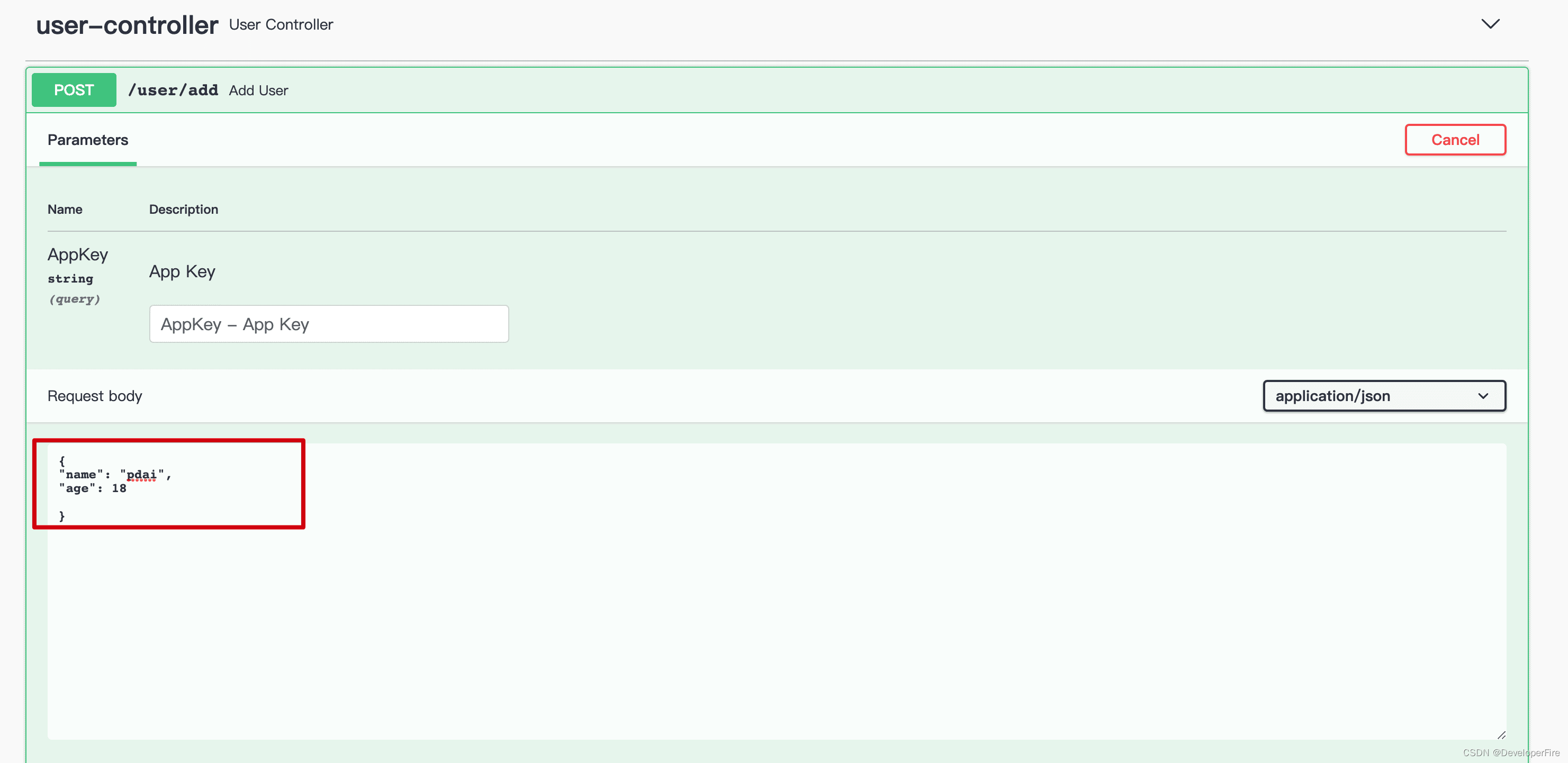
查询用户列表
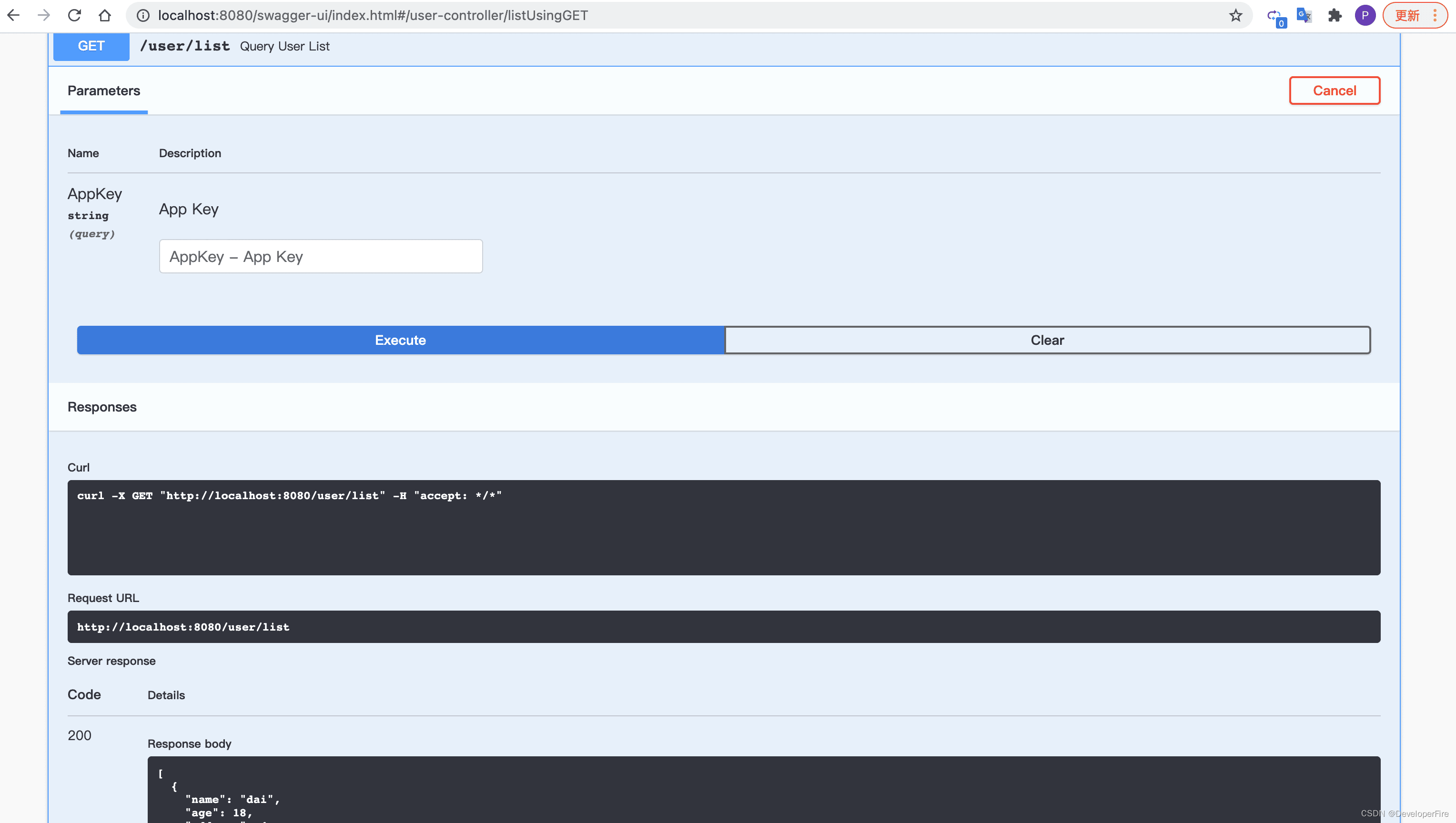
实现案例之Knife4J
这里展示目前使用Java生成接口文档的最佳实现: SwaggerV3(OpenAPI)+ Knife4J。
POM
<!-- https://mvnrepository.com/artifact/com.github.xiaoymin/knife4j-spring-boot-starter -->
<dependency>
<groupId>com.github.xiaoymin</groupId>
<artifactId>knife4j-spring-boot-starter</artifactId>
<version>3.0.3</version>
</dependency>yml配置
server:
port: 8080
knife4j:
enable: true
documents:
- group: Test Group
name: My Documents
locations: classpath:wiki/*
setting:
# default lang
language: en-US
# footer
enableFooter: false
enableFooterCustom: true
footerCustomContent: MIT | [Java 全栈]()
# header
enableHomeCustom: true
homeCustomLocation: classpath:wiki/README.md
# models
enableSwaggerModels: true
swaggerModelName: My Models注入配置
import com.github.xiaoymin.knife4j.spring.extension.OpenApiExtensionResolver;
import io.swagger.annotations.ApiOperation;
import org.springframework.beans.factory.annotation.Autowired;
import org.springframework.context.annotation.Bean;
import org.springframework.context.annotation.Configuration;
import org.springframework.http.HttpMethod;
import springfox.documentation.builders.*;
import springfox.documentation.oas.annotations.EnableOpenApi;
import springfox.documentation.schema.ScalarType;
import springfox.documentation.service.*;
import springfox.documentation.spi.DocumentationType;
import springfox.documentation.spring.web.plugins.Docket;
import tech.pdai.springboot.knife4j.constant.ResponseStatus;
import java.util.ArrayList;
import java.util.List;
import java.util.stream.Collectors;
/**
* swagger config for open api.
*/
@Configuration
@EnableOpenApi
public class OpenApiConfig {
/**
* open api extension by knife4j.
*/
private final OpenApiExtensionResolver openApiExtensionResolver;
@Autowired
public OpenApiConfig(OpenApiExtensionResolver openApiExtensionResolver) {
this.openApiExtensionResolver = openApiExtensionResolver;
}
/**
* @return swagger config
*/
@Bean
public Docket openApi() {
String groupName = "Test Group";
return new Docket(DocumentationType.OAS_30)
.groupName(groupName)
.apiInfo(apiInfo())
.select()
.apis(RequestHandlerSelectors.withMethodAnnotation(ApiOperation.class))
.paths(PathSelectors.any())
.build()
.globalRequestParameters(getGlobalRequestParameters())
.globalResponses(HttpMethod.GET, getGlobalResponse())
.extensions(openApiExtensionResolver.buildExtensions(groupName))
.extensions(openApiExtensionResolver.buildSettingExtensions());
}
/**
* @return global response code->description
*/
private List<Response> getGlobalResponse() {
return ResponseStatus.HTTP_STATUS_ALL.stream().map(
a -> new ResponseBuilder().code(a.getResponseCode()).description(a.getDescription()).build())
.collect(Collectors.toList());
}
/**
* @return global request parameters
*/
private List<RequestParameter> getGlobalRequestParameters() {
List<RequestParameter> parameters = new ArrayList<>();
parameters.add(new RequestParameterBuilder()
.name("AppKey")
.description("App Key")
.required(false)
.in(ParameterType.QUERY)
.query(q -> q.model(m -> m.scalarModel(ScalarType.STRING)))
.required(false)
.build());
return parameters;
}
/**
* @return api info
*/
private ApiInfo apiInfo() {
return new ApiInfoBuilder()
.title("My API")
.description("test api")
.contact(new Contact("pdai", "http://pdai.tech", "suzhou.daipeng@gmail.com"))
.termsOfServiceUrl("http://xxxxxx.com/")
.version("1.0")
.build();
}
}其中ResponseStatus封装
import lombok.AllArgsConstructor;
import lombok.Getter;
import java.util.Arrays;
import java.util.Collections;
import java.util.List;
@Getter
@AllArgsConstructor
public enum ResponseStatus {
SUCCESS("200", "success"),
FAIL("500", "failed"),
HTTP_STATUS_200("200", "ok"),
HTTP_STATUS_400("400", "request error"),
HTTP_STATUS_401("401", "no authentication"),
HTTP_STATUS_403("403", "no authorities"),
HTTP_STATUS_500("500", "server error");
public static final List<ResponseStatus> HTTP_STATUS_ALL = Collections.unmodifiableList(
Arrays.asList(HTTP_STATUS_200, HTTP_STATUS_400, HTTP_STATUS_401, HTTP_STATUS_403, HTTP_STATUS_500
));
/**
* response code
*/
private final String responseCode;
/**
* description.
*/
private final String description;
}Controller接口
import io.swagger.annotations.Api;
import io.swagger.annotations.ApiImplicitParam;
import io.swagger.annotations.ApiImplicitParams;
import io.swagger.annotations.ApiOperation;
import org.springframework.http.ResponseEntity;
import org.springframework.web.bind.annotation.PostMapping;
import org.springframework.web.bind.annotation.RequestMapping;
import org.springframework.web.bind.annotation.RestController;
import tech.pdai.springboot.knife4j.entity.param.AddressParam;
/**
* Address controller test demo.
*
* @author pdai
*/
@Api(value = "Address Interfaces", tags = "Address Interfaces")
@RestController
@RequestMapping("/address")
public class AddressController {
/**
* http://localhost:8080/address/add .
*
* @param addressParam param
* @return address
*/
@ApiOperation("Add Address")
@PostMapping("add")
@ApiImplicitParams({
@ApiImplicitParam(name = "city", type = "query", dataTypeClass = String.class, required = true),
@ApiImplicitParam(name = "zipcode", type = "query", dataTypeClass = String.class, required = true)
})
public ResponseEntity<String> add(AddressParam addressParam) {
return ResponseEntity.ok("success");
}
}运行测试
自定义用户主页
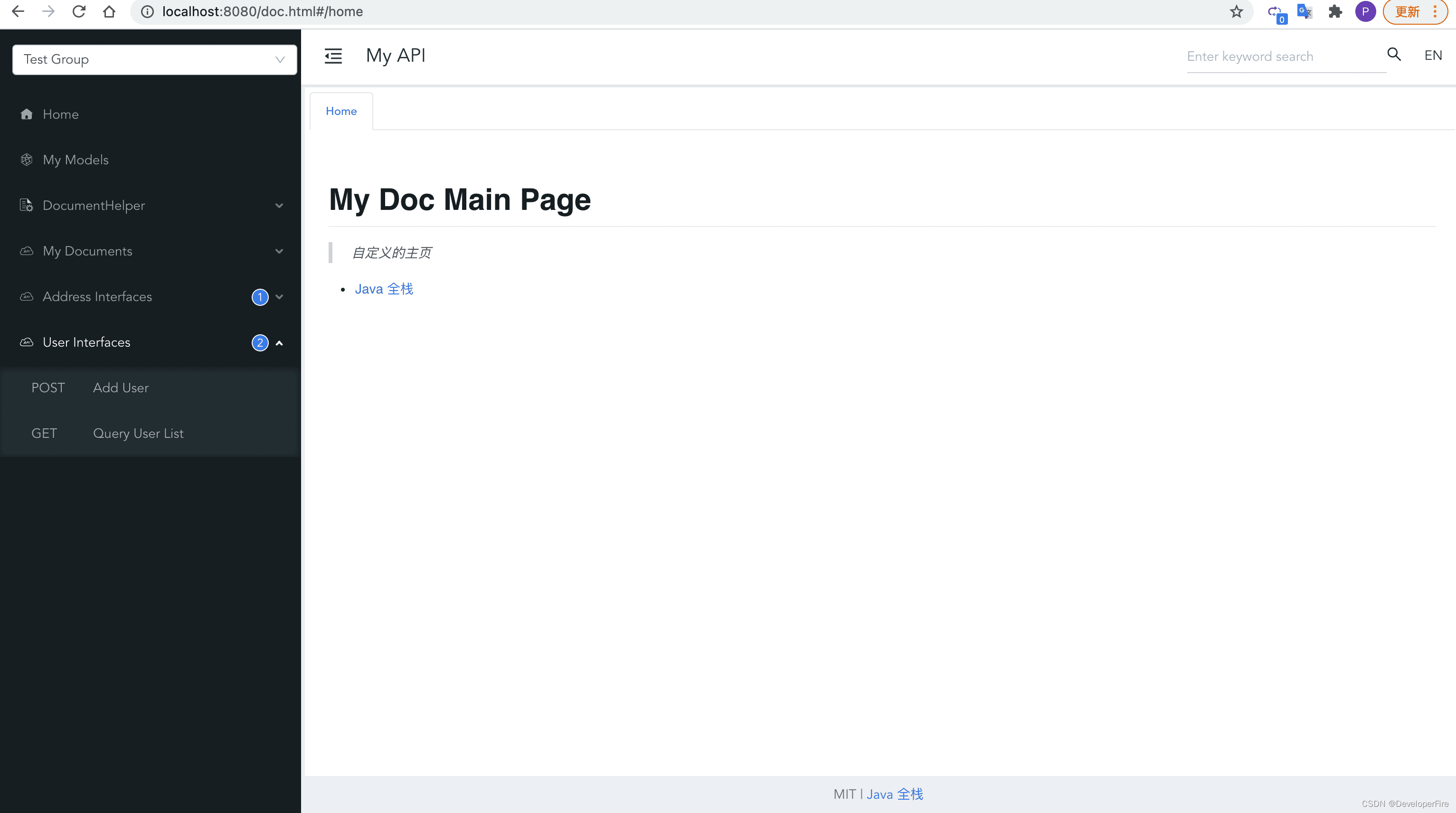
model模型
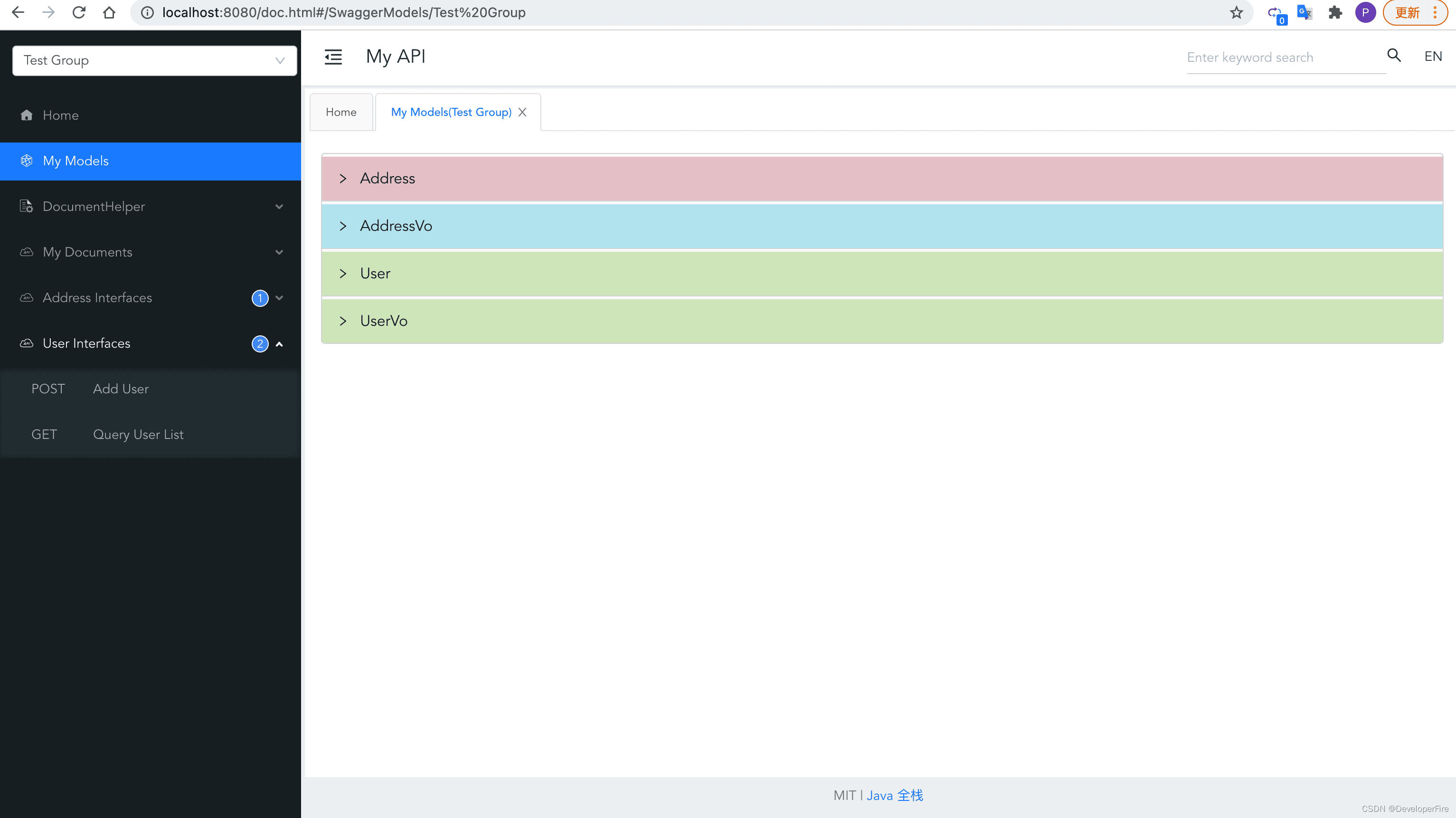
全局参数 和配置

自定义文档
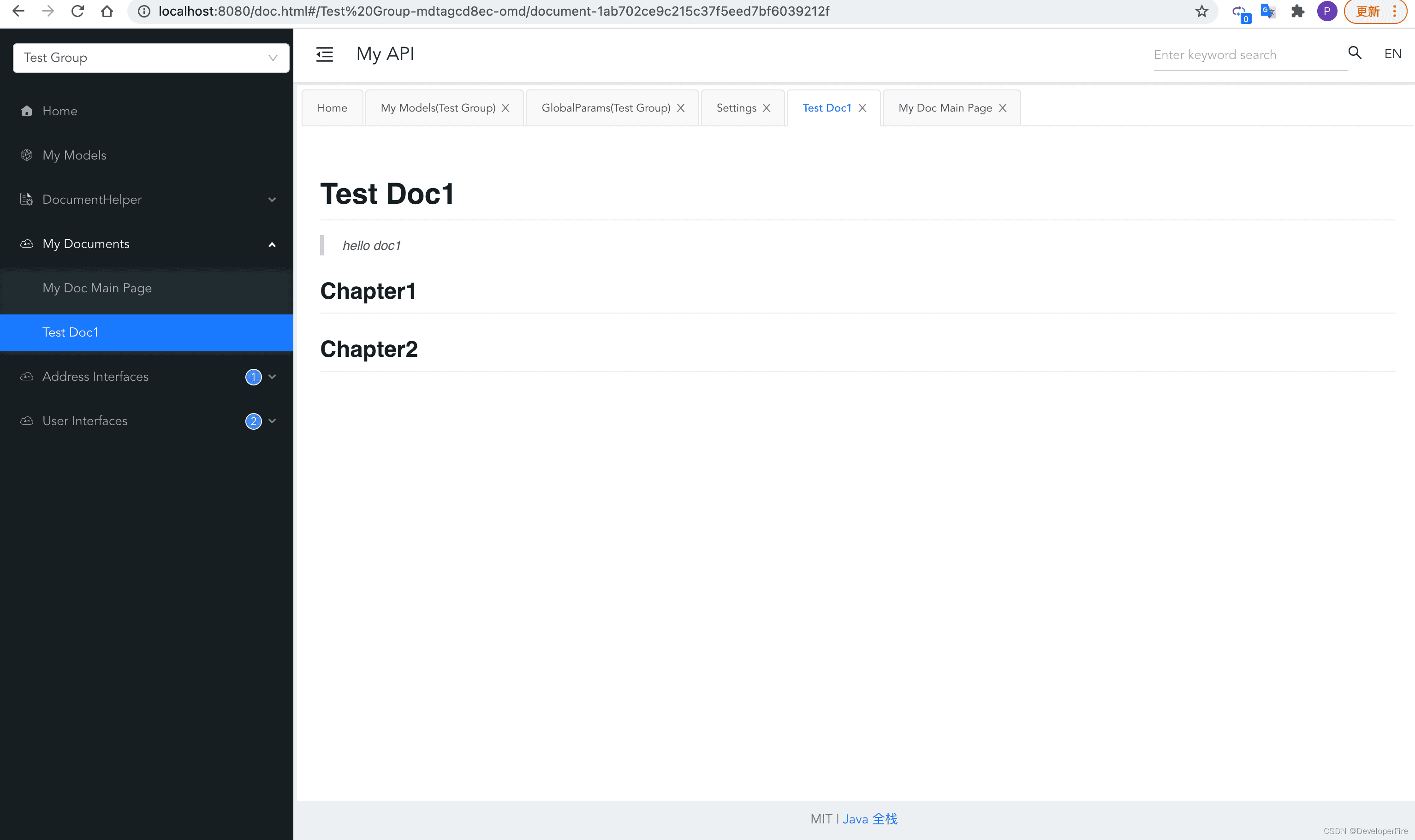
接口文档和测试接口
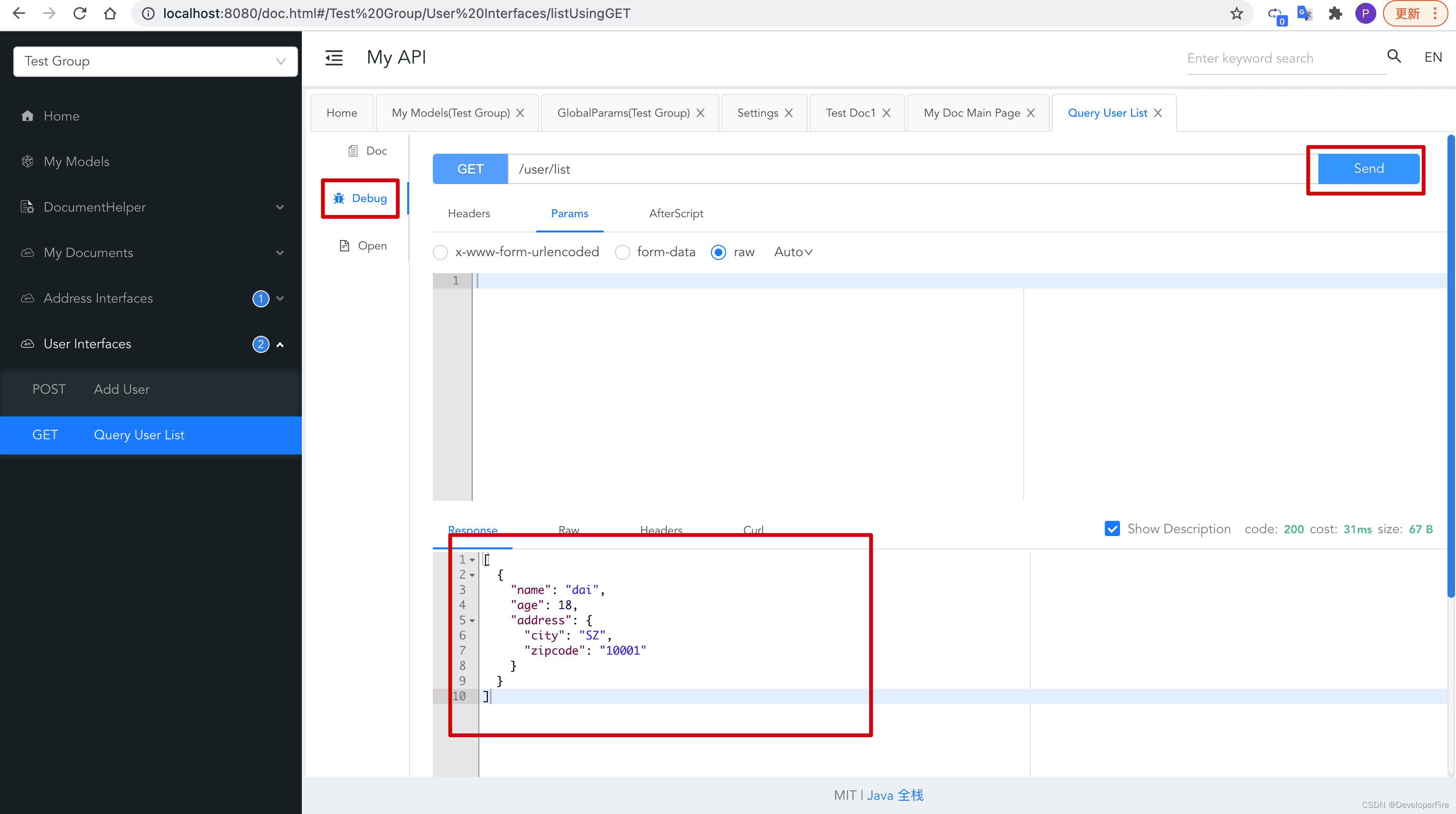
示例源码
其它旧版本的实现:
swagger2
Swagger2+BootstrapUI
Knife4j v2
更多例子都可在如下仓库中找到
https://download.csdn.net/download/DeveloperFire/87554658

